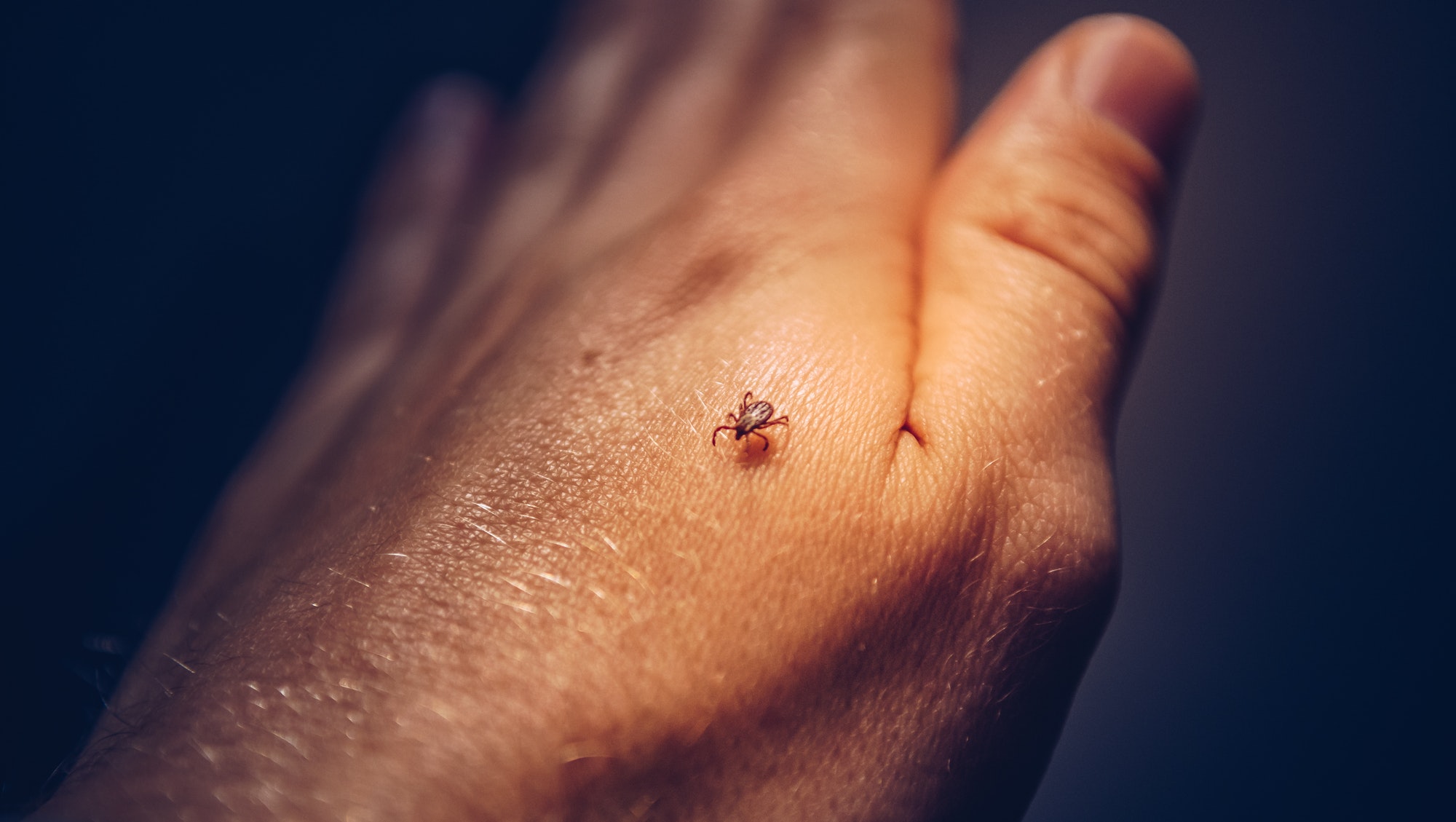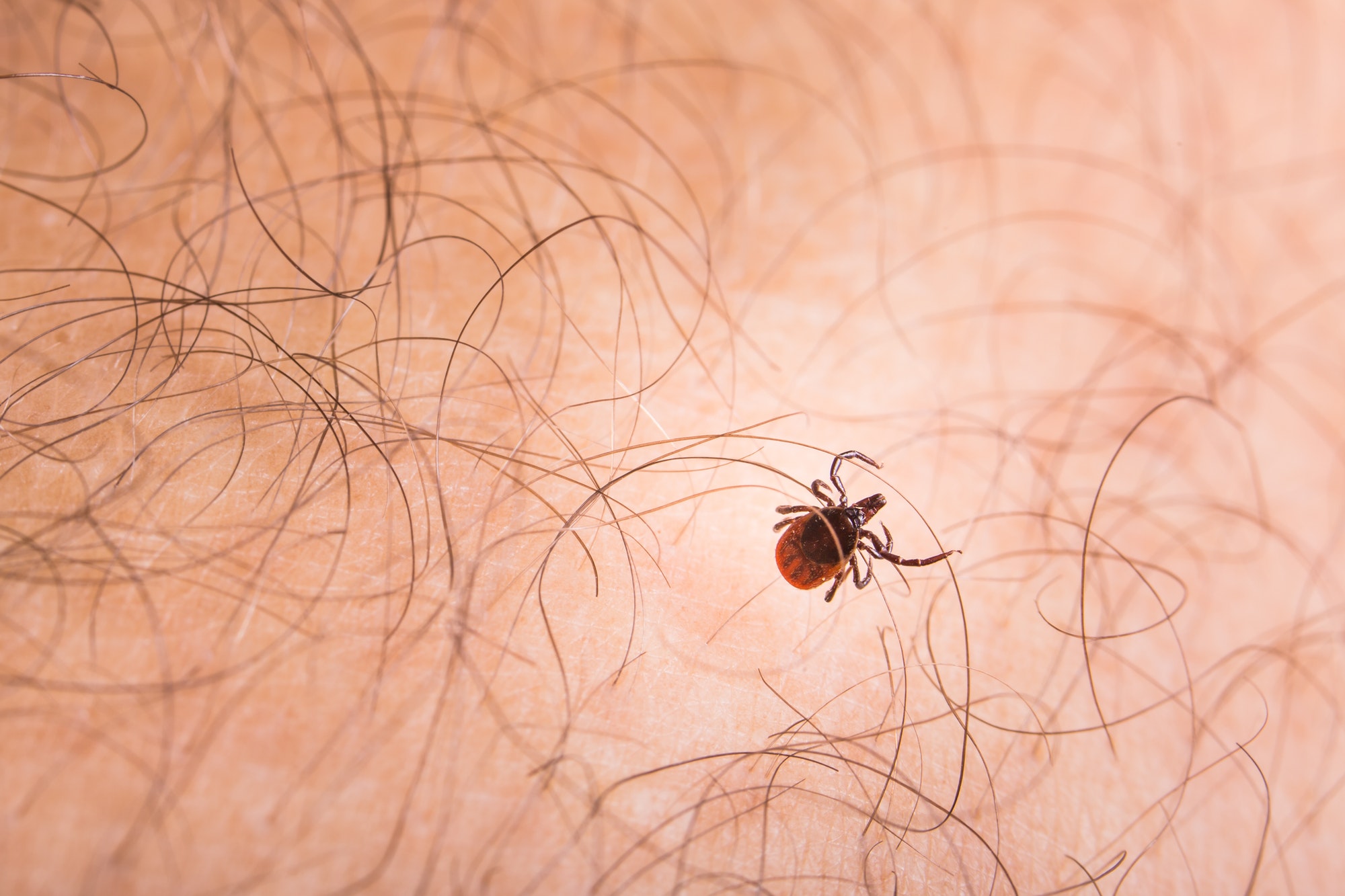Why Ticks Are So Dangerous To Humans And Pets?
Our early morning romp in the woods of Mercer community park had been nothing short of exhilarating! Toby, my 3 year old Wheaten terrier, had the time of his life but he was now also a joyful muddy mess. Once home, I began my regular routine of brushing out most of the park’s foliage out from Toby’s fur. That was when I noticed a tick nestled in the thick fur of Toby’s neck. Of course, all hell broke loose in the D’Cruz household!
“Get the tweezers!”, “Get the disinfectant!”, “Don’t pull too hard!”, “Don’t damage the tick!”. Everyone seemed to have suddenly become experts in the art of shouting out the obvious! It was unimaginable how one tiny tick had created such surmounting pandemonium, but this was one of those rare times when it was actually right to have panicked.

While a tick bite could cause only mild irritation, ticks can carry many pathogens, viruses and parasites, and hence, have the potential to transmit often life threatening or debilitating diseases to both animals and humans alike.
Tick borne diseases are an increasing threat to the health of people and animals and every precaution should be taken in the prevention of tick bites.
According to the Center of Disease Control, “Some of the most common tick-borne diseases in the United States include: Lyme disease, babesiosis, ehrlichiosis, Rocky Mountain Spotted Fever, anaplasmosis, Southern Tick-Associated Rash Illness, Tick-Borne Relapsing Fever, and tularemia. Other tick-borne diseases in the United States include: Colorado tick fever, Powassan encephalitis, and Q fever.” Which just shows the many different ways ticks can cause damage to living beings such as our pets as well as ourselves.

Lyme disease or Lyme borreliosis is a bacterial infection transmitted through the bite of infected blacklegged ticks. At the onset of the disease, the symptoms include and are not limited to; rash, fever, body ache, and fatigue. It is important to recognize these signs and symptoms and get medical treatment right away before it progresses to the next two stages.
According to the John Hopkins Lyme Disease Research center, symptoms of the second stage of the disease are not specific to Lyme disease and make diagnosis very difficult. “Symptoms include severe fatigue, fever, pain, intermittent weakness and achiness of the muscles and joints, numbness in arms and legs, vision changes, and cognitive dysfunction such as short-term memory difficulties and problems multitasking.
These symptoms are not specific for Lyme disease and can make the diagnosis of second stage Lyme disease very challenging.” If left untreated, Lyme disease progression may lead to arthritis, meningitis, vertigo, limited cognitive function, heart arrhythmias, and insomnia.
Anaplasmosis is another tick-borne threat to both animals and humans. Although it’s not as well known compared to the far more prevalent Lyme disease anaplasmosis can lead to similar long term effects without a proper diagnosis, including neurological and joint problems and kidney failure. Though it’s fatality rate is relatively low, according to the CDC it’s still another reason we need to watch out for ticks.
Rocky Mountain Fever can cause severe damage to humans when left untreated. Although it starts off as a bad rash, damage can become so severe in the limbs, that amputation may be required. It’s crazy to imagine that one small tick can cause you to lose your limbs. Like Lyme Disease and Anaplasmosis it can also cause neurological damage, which, in some cases could develop into a mental disability.
We all want the best for our furry friends and would never want them to be in any pain or distress. A tick can cause anemia in pets which leaves them tired all the time, unable to live their lives to the fullest. Anemia in pets can lead to serious long term illnesses like bone marrow diseases, kidney diseases, and even cancer. This is why our household went crazy after finding a tick on our dog Toby. We love our pets and would not want them to go through any kind of suffering.
The old adage, Prevention is better than cure, holds very true when it comes to tickborne diseases. Which is why we should make it a habit to check our pets as well as ourselves for ticks after spending time outside or near tick habitats. This way we can avoid the dangers of ticks and not have to go through the suffering tick borne diseases bring with them.
Author: Ashleigh D'Cruz
Rowan University
Sources
- Burke, A. (2017, October 24). Anemia in Dogs. Retrieved October 31, 2020, from https://www.akc.org/expert-advice/health/anemia-in-dogs
- Diseases Transmitted by Ticks. (2020, April 02). Retrieved October 31, 2020, from https://www.cdc.gov/ticks/diseases/index.html
- Johns Hopkins Lyme Disease Research Center. (n.d.). Retrieved October 31, 2020, from https://www.hopkinslyme.org








